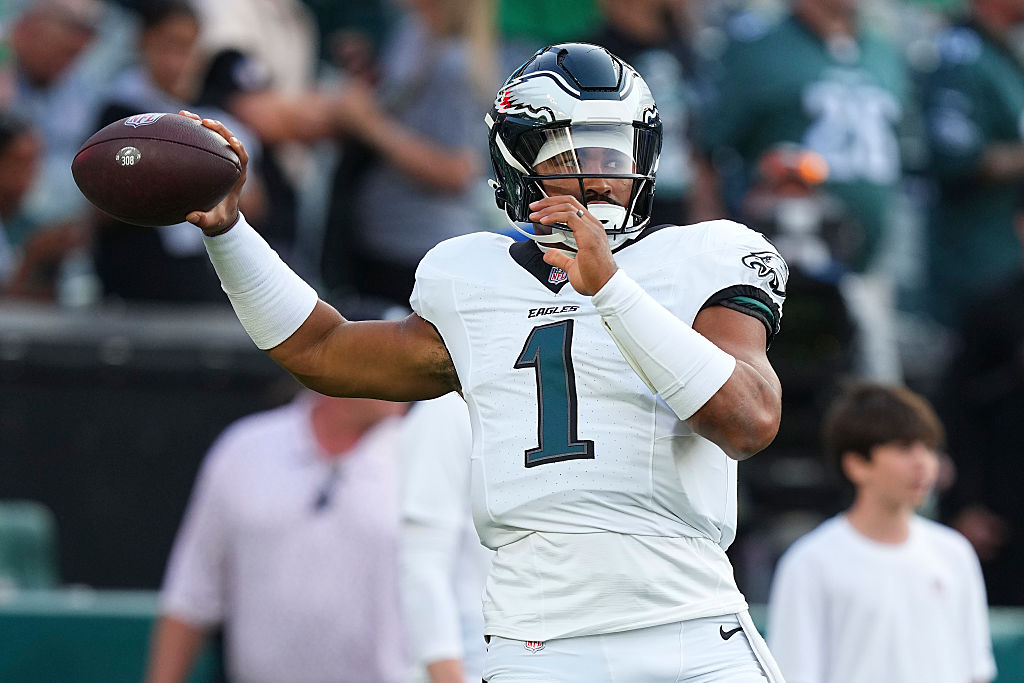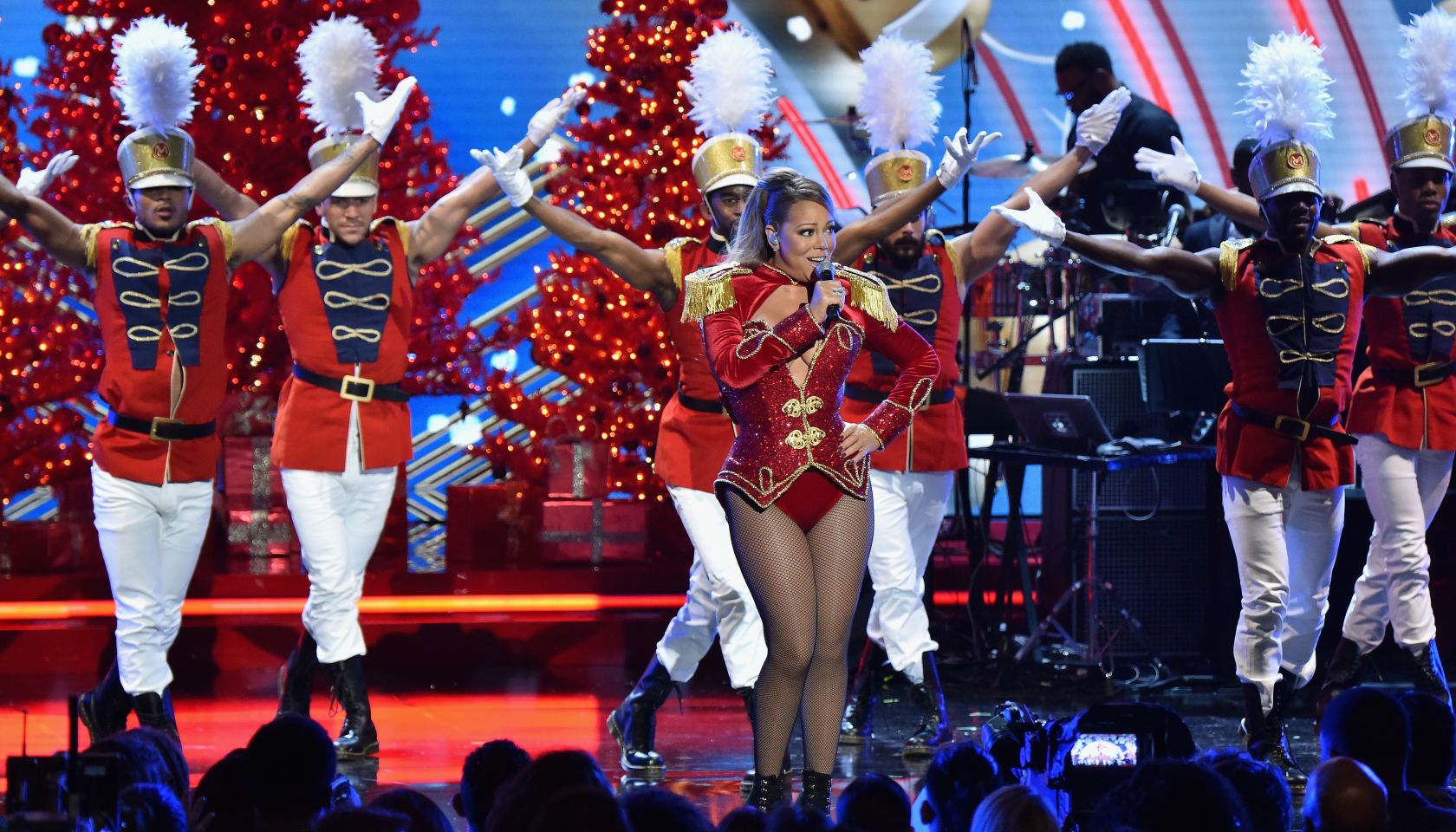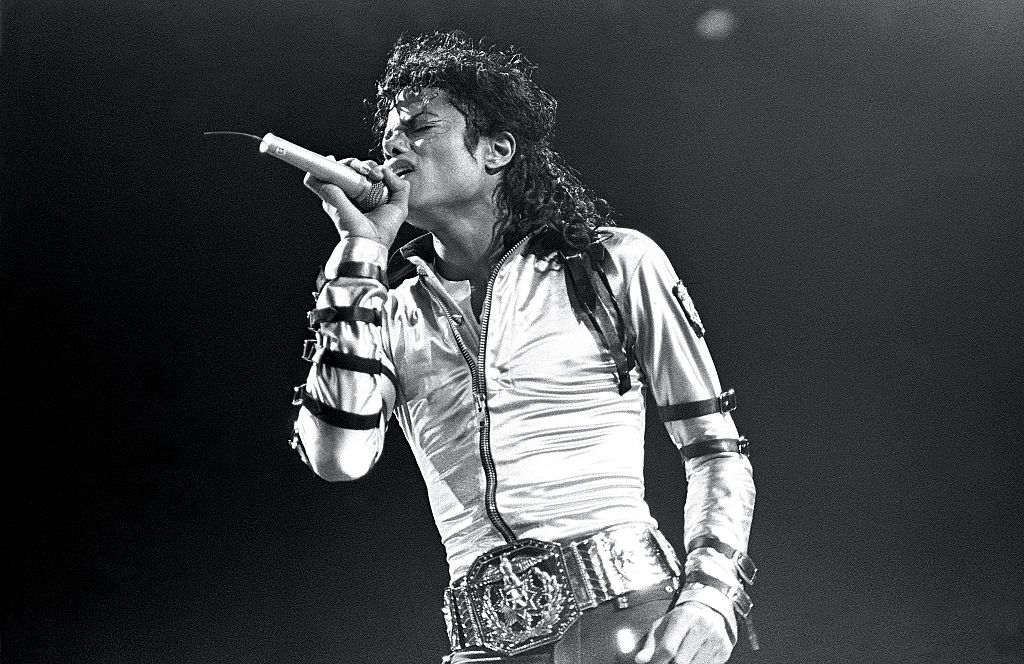Dan Gross: “My Brother Was Shot At The Empire State Building”
Dan Gross‘ story is a bit different from everyone else’s. In 1997, Dan was the youngest at the J. Walter Thompson advertising agency, where he oversaw marketing strategies and advertising accounts for Fortune 500 companies such as Kodak, Warner-Lambert and Lipton. That same year Dan’s younger brother Matthew was shot on the observation deck of the Empire State Building in New York City.
This tragedy changed his life forever, so much so he resigned from his job and co-founded PAX, one of the largest and most successful non-profit gun violence prevention organizations in the nation.
This is a most courageous story of turning tragedy into triumph.
We had a chance to speak with Gross about what he is doing to keep guns out of the hands of children, take a look at what he had to say.
GlobalGrind: How did PAX get started?
Dan Gross: I did it through a personal experience. My younger brother Matt was shot in a shooting that happened on the observation deck of the Empire State Building in February of 1997. At the time I was a partner at a big advertising agency, at J. Walter Thompson and I wound up quitting that job and starting this organization.
What role do you think parents can take in preventing gun violence and their little kids from stumbling onto guns in their homes?
The bottom line is parents can play a much bigger role than they realize. When most people think of what gun violence is in this country, they think of the wrong thing. Our research shows that up to half of all youth gun deaths occur from guns that are in the home, which parents choose to bring in the home and the kids have access to. It starts by being aware of that fact of the real risks and dangers associated with choosing to own a gun, and I don’t say that with any political agenda or anything in mind. It is just like when you aware of the dangers when you get behind the wheel of a car and you still make the choice to do it for whatever reason. If you are going to have a gun in your home to hunt, or any other reason, you should be aware of the dangers associated with it.
One of the things that we seek to do is to actually arm parents with knowledge before they make that choice and to make the safest choices on behalf of their kids. Specifically, we ask parents to ask if there are guns in the homes where their kids play, because we are going to be coming out with some survey information soon that shows that a shocking number of kids have seen, or played with, or held guns without their parents knowing. Parents should find out if there are guns in the homes where their kids play and we call that A.S.K., which stands for Asking Saves Kids.
Another message that we give to parents is around all the suicide that occurs with guns. There is a lot of academic evidence from the Harvard School of Public Health that shows the extraordinary risk you are taking as it related to suicide by letting your kids have access to a gun in the home. We have created this program called “Suicide Proof Your Home.” This is just like child-proofing your home like you did when your kids were younger, where we are suggesting that parents suicide proof their home. One way to suicide proof their home is by making sure their kids do not have access to a gun. Those are a few of the things that parents can do.
[pagebreak]
What is the rationale behind allowing guns on college campuses?
The rationale that people who argue for that use, is the implication that it is going to make us safer, but what we find is that those arguments are actually distractions from the real dangers associated with guns. I think that the reason why there has been no legislative change after Gabrielle Giffords is because at the end of the day while most of our hearts certainly go out to all the victims of all tragedies, and I say this with being from a family that has been victimized by a high profile tragedy, the reality is that is not gun violence in America and that is not the greatest opportunity to prevent gun violence.
When a tragedy like Tucson makes the front page of the paper; what about the 8 other kids, children and teens that died that day from guns? By the way, they died from shootings that were much more preventable, either through parents taking sensible actions in ways that have nothing to do with legislation, parents taking sensible actions, or kids speaking up to report threats. A lot of what we are trying to do is focus the spotlight on is to say that this is the real face of gun violence in our country and here are the things that we can do about it.
Do you think that education plays a role?
Yes, it plays a critical role. Educating different audiences, educating parents to arm them with knowledge about the dangers of youth access to guns in the home and educating young people. We need to get out there in the media, not just criticizing negative messages, but to get out there with positive messages about how young people are empowered to prevent tragedies by speaking up and reporting threats. Overcoming the truly evil in dangerous messages like “Stop Snitching’’ that is out there and to actually be empowered to do something about it. It was actually Russell (Simmons) himself who we did a video interview with him saying the truth, which is that kids what is going to go down before it does and that there is a tremendous opportunity to prevent a tragedy by speaking up. We need to educate kids about that.
[pagebreak]
Does race and class have anything to do with it?
There are two ways which race and socioeconomics play a major role. One is, yes we find youth violence definitely disproportionately affects urban African American, Latino communities when you compare versus other races or ethnicities. Yes, that is a fact, but the other part of it is when you put together all of the accidents, suicides and deaths from guns in the home; those actually have race and socioeconomic attached to it, but it tends to be more rural and more white areas. The reason why that is not looked at as a crisis is because they tend to happen in these local areas where just as on the front page of a local paper as an isolated tragedy rather than being looked at together as the crisis of public health and safety that they are.
Here is the other way though, very importantly, that race and class plays a huge role in this, which is the extent to which most people care about the issue which is the extent to which most people care about the issue. There is a reason why my brother’s tragedy was on the front page on the New York Times and was covered by all the national news outlets and I think it has something to do with the fact that things like that are not supposed to happen on the rooftop of the Empire State Building to people like my family. I think that consciously or sub-consciously there is racism in terms of how this issue is covered in the media and people care more when it is not the quote-on-quote typical kind of violence that occurs and you can look at a piece that I wrote for the Huffington Post called “The Inequity of Compassion” where I talk about that and I actually talk about the racism that I think is involved in that.
[pagebreak]
How did we become the gun nation of the world? How did we get to this point?
I think there are a lot of factors. I think there is mythology around America that people have leveraged to kind of perpetuate that mythology that we are a gun culture. I have heard interesting stories that if you were in the Wild West in the 1800s you would actually be surprised how few guns there were, but somehow that has become an icon that become a fabric of America and I think it has also been leveraged for political ends and all sorts of things. I think also it so happens that guns is mentioned in the constitution and in what has been determined over time in an ambiguous enough way is it results in debate over whether it is a fundamental right of being Americans.
What we try to do as an organization is to kind of, let’s just accept all of that as a reality and let’s move past it and let’s talk about the specific things that we can do to prevent tragedy from happening without getting caught up in the debate over the 2nd Amendment or gun laws and let’s look at what we can do to change social norms.
Aside from your brother, what is another story that someone told you that affected their life so much that it just sticks out in your mind?
I have heard so many stories, but I think the experience and it is actually a set of experiences that somehow always manage to impact me deeply. If I go to a classroom in Compton or with a group of students in Compton or in certain parts of the Bronx or Queens or Brooklyn and I ask kids and these could be fourth and fifth grade kids to raise their hands in they know somebody who has been lost to gun violence and virtually every hand in the room goes up. I hear so many personal stories and it is hard to say any one story where a mother loses a child or a young life is lost is any more tragic than the other, but it is really kind of how all of this adds up to this incredible crisis that under almost any comparison; when you compare it to the number of kids that have been lost in other ways or the number of deaths when you dimensionalize that is just astounding when you see that first hand and you look into the eyes of these kids. They are not crying, it is a fact of life and that makes it even more tragic. I lost my cousin last week, I lost my brother when he was 14 and I was 11. It is just a fact of life and that is just what we have to change. We have to demonstrate, we have to enroll young people to show them that they are actually empowered to be able to do something to change it.
[pagebreak]
The PAX event is on May 16th. What are we going to expect from this event?
We are going to show everybody the real faces of gun violence in this country, which is not my story or my brother’s story. We will hear from people who have been impacted in the ways that I have described, whether it is a suicide because of a gun that was accessible in the home or it is a parent who lost their child at a play date at another house with a gun that they were playing with or a young person who has lost people in gang related violence because nobody spoke up. We can expect to see the real faces and that is going to be the theme, “The Faces of Gun Violence in America,” the real faces. We are going to show people. You are going to hear from some of those people, but very importantly, people are going to feel uplifted because we are not just talking about a problem. We are going to be talking about a very specific thing that can be done about the problem.














